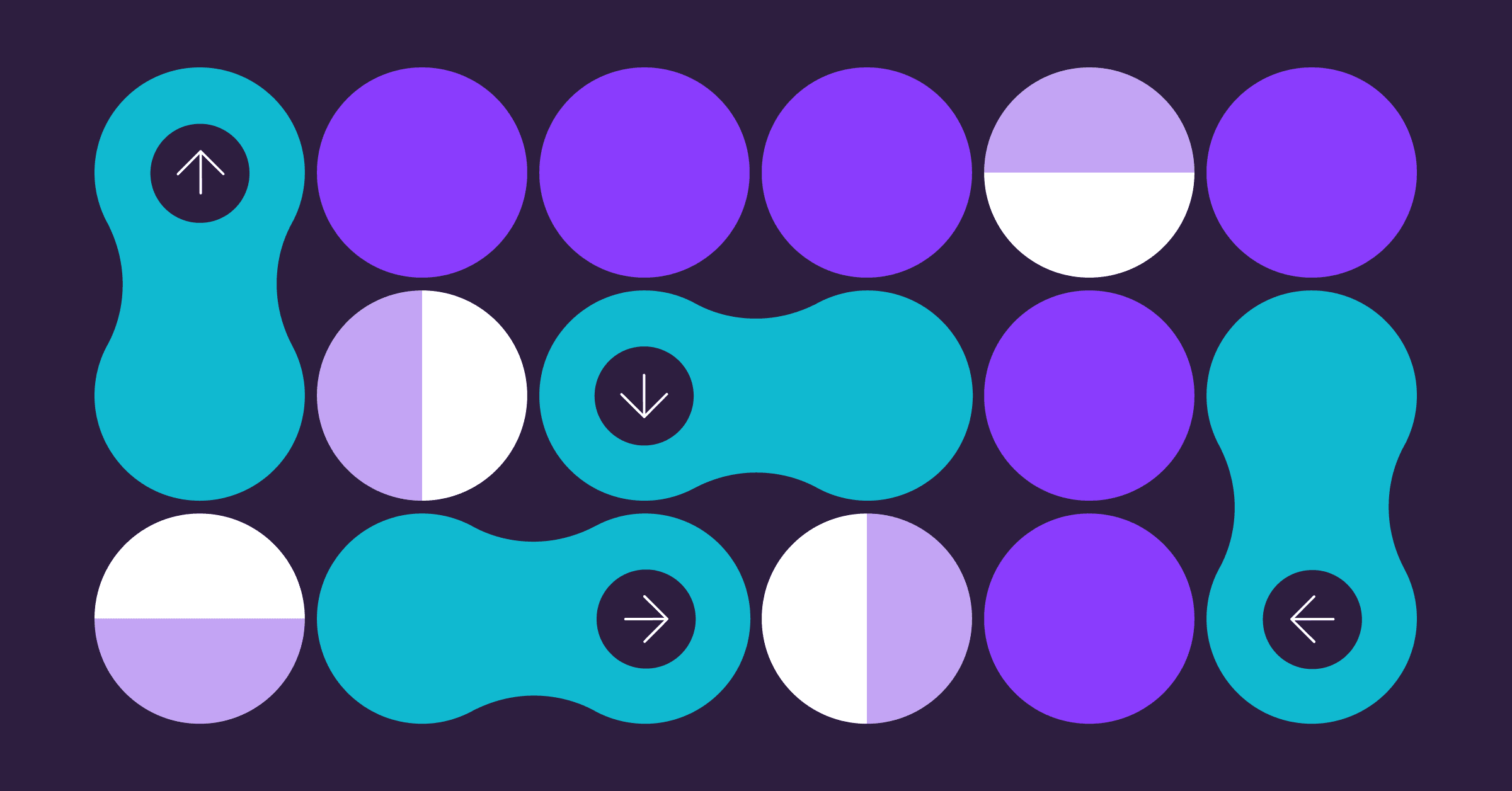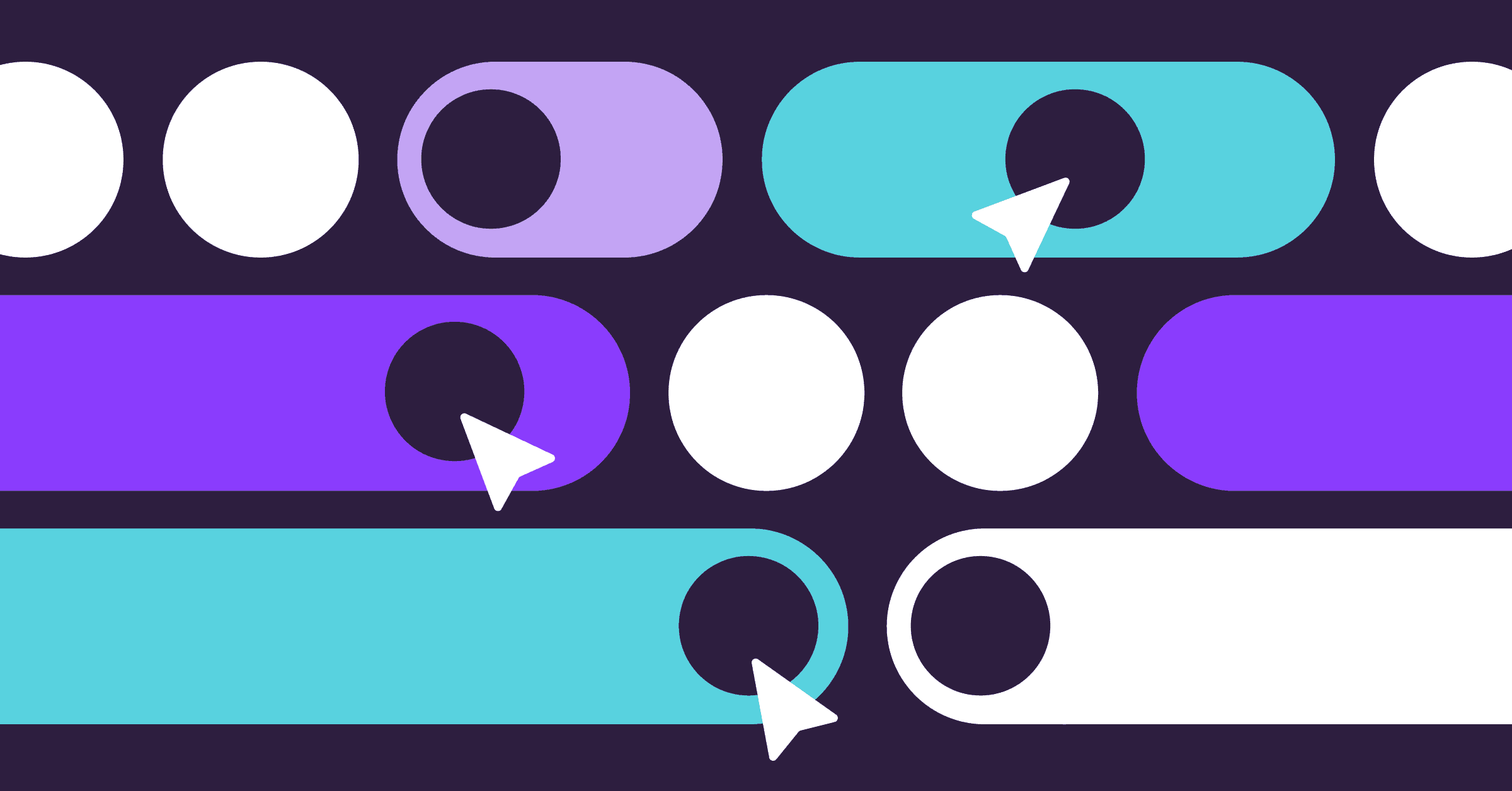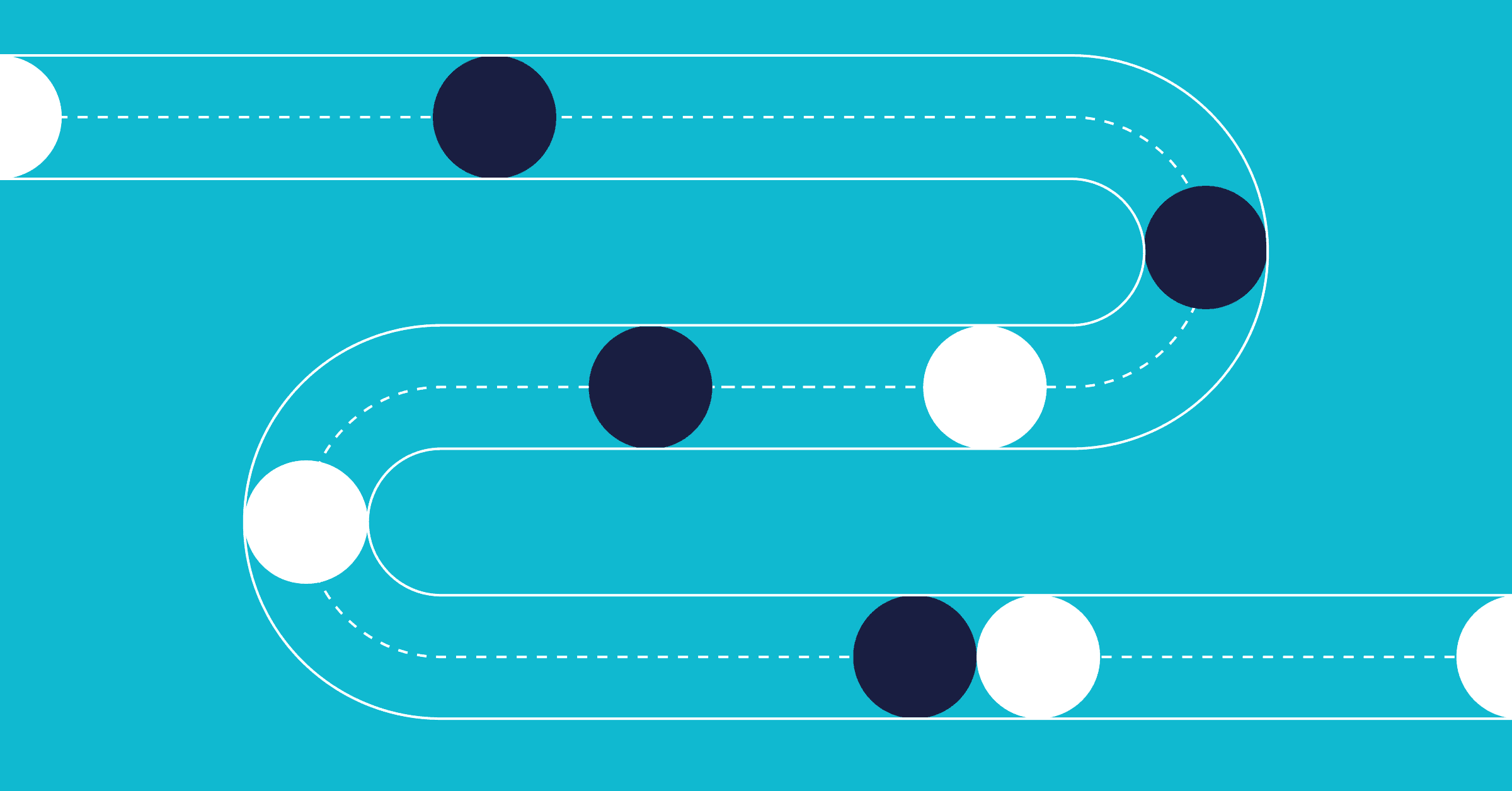
Guide
Engineering Leader's Guide to Developer Productivity
Discover how to quantify developer productivity, common blockers, strategies to improve it, and how and when to present dev productivity data.








